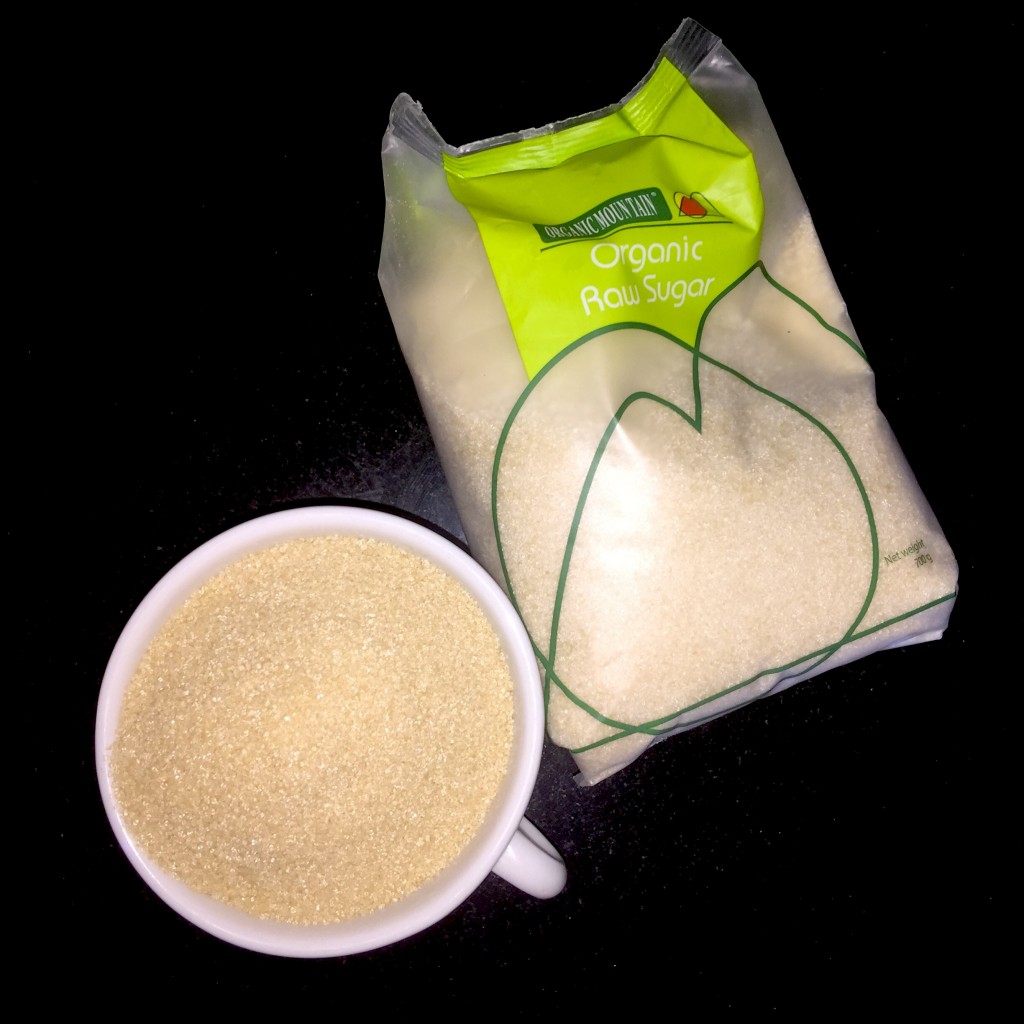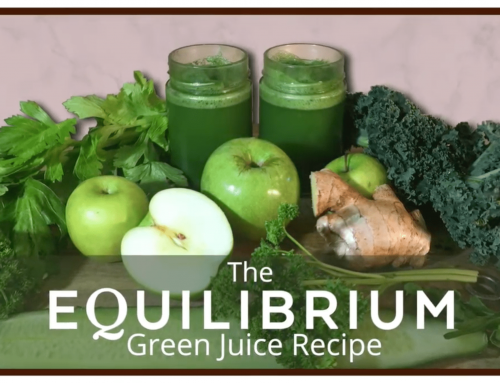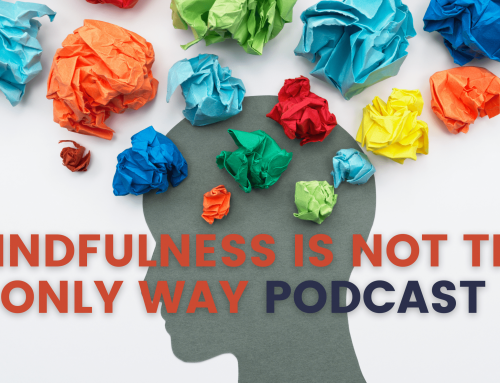I remember the time I first tasted Kombucha. It was February 2010 at David Wolfe’s Longevity Now Conference in Los Angeles. A friendly chap in the exhibition area working for a health food brand offered me a glass. I can’t say that it was love at first taste, but over the years I have really come to adore this lightly vinegary, sometimes fizzy, fermented drink, which is now my absolute beverage of choice. After a few false starts, we now make our own.
Kombucha 101
Kombucha has a long and rich history that dates back over 2,000 years to China, spreading to Russia, India and Japan, where Samurai warriors enjoyed the benefits. It is now enjoyed around the world and is again gaining momentum.
The best quality Kombucha (kom-boo-cha) has been cultured for 7-10 days, and provides a wealth of health-giving microbes in every sip. It’s definitely an acquired taste as it is such a contrast to the sweet processed sugar-laden drinks that many of us are accustomed to consuming.
But, given the many health benefits that this probiotic-rich drink has, ranging from more energy and brain power to improved gut health, it is definitely worth (and very easy) substituting your fruit juice or soda for kombucha. Try it for 10 days to see the impact on your energy, sleep and wellbeing that this healthy habit provides.
Health benefits of Kombucha
Each of us have microbes living all over our bodies. In fact, of the 100 trillion cells in our bodies, only 10% of them are human! If that makes your skin crawl, don’t let it, as they all play an essential role in maintaining balance and health. Think of it like a perfect ecosystem taking place inside our bodies.
The gut is host to a big concentration of microbes, including, according to New Scientist, up to 80% of immune cells, hence the growing evidence to suggest that proactively taking steps to introduce beneficial bacteria into your gut will have significant health benefits.
Our lifestyle has a big impact on the microbe. Whereas a good diet maintains good microbes, a poor diet, taking antibiotics, pesticides and other chemicals cause damage, and were all introduced before scientists were aware of the importance of ‘good bacteria’.
However, we are where we are and advancements in science and technology are helping us to better understand the importance of maintaining the whole, internal human ecosystem and validate some ancient wisdoms that lost favour during the second half of the 20th century.
The very good news is that the evidence is stacking up to suggest that a daily glass (or more) of kombucha can make a huge positive difference to the health of your gut, helping you to reduce the risk of chronic disease, boost your immunity and combat the effects of ageing!
My experience with Kombucha
I have been drinking kombucha on and off now for a number of years, but it was our arrival in Sydney where it (and its dairy cousin Kefir) has become our beverage of choice.
Driving and managing organisational change; moving countries; moving house; moving your child’s school; changing jobs; making new friends; being separated from my family for 3 months – these are among the most stressful things people can do in life. Our family went though all of these things and more over the past 6 months, and it took its toll.
Fortunately for us, living in Sydney’s Eastern Suburbs, Kombucha is readily available in bottles (and often on tap) in most supermarkets and cafes. Depending on your perspective, it’s not cheap though and after drinking gallons of it every day, the costs did start to add up. So we decided to look at alternatives!
Making your own
Enter ‘Super Heather!’
Fortunately for me, my wife Heather loves to make things and has iron patience, excellent research skills and superb grit. A few months ago she turned her attention to creating our own regular supply of Kombucha.
The tricky part with making your own kombucha is producing a Scoby and allowing for proper fermentation, which can take a few weeks.
This, however, did not deter Heather, who got to work and involved our 9-year-old son Sam. She treated the whole thing like a scientific home experiment (Sam is a budding scientist!)
If at first you don’t succeed…
I remember the moment we finally got to taste the first glass after all of that waiting.
What a disappointment! How can I describe it? Imagine tasting the worst wine you have ever had. To be frank, it was awful, but an important step in the learning process and we ‘failed forward’ and didn’t give up.
The second batch was much better and today we have it literally on tap in our kitchen, with around 12 litres brewing at any one time. Thank you, Heather!
Heather’s Kombucha recipe
To help you kick-start this important healthy lifestyle habit cost effectively, here are the detailed step-by-step instructions:.
Kombucha is brewed by combining quality black or green tea (or both) with sugar, and adding in a SCOBY (symbiotic colony of bacteria and yeast). After a few days or weeks of fermentation, you are left with an elixir, full of active enzymes, probiotics, amino acids, polyphenols and antioxidants that support your body in so many ways, helping it keep in balance.
The Scoby is sometimes referred to as ‘the mother’ due to its ability to reproduce, or as a ‘mushroom’ due to its appearance. You can make one yourself, though this involves another step. I’ll be posting instructions (from Heather) on how to make your own – you only need to do this once as each time another batch of kombucha is made, a new baby Scoby is magically created!! Soon you’ll have more Scobies than you’ll know what to do with!


























